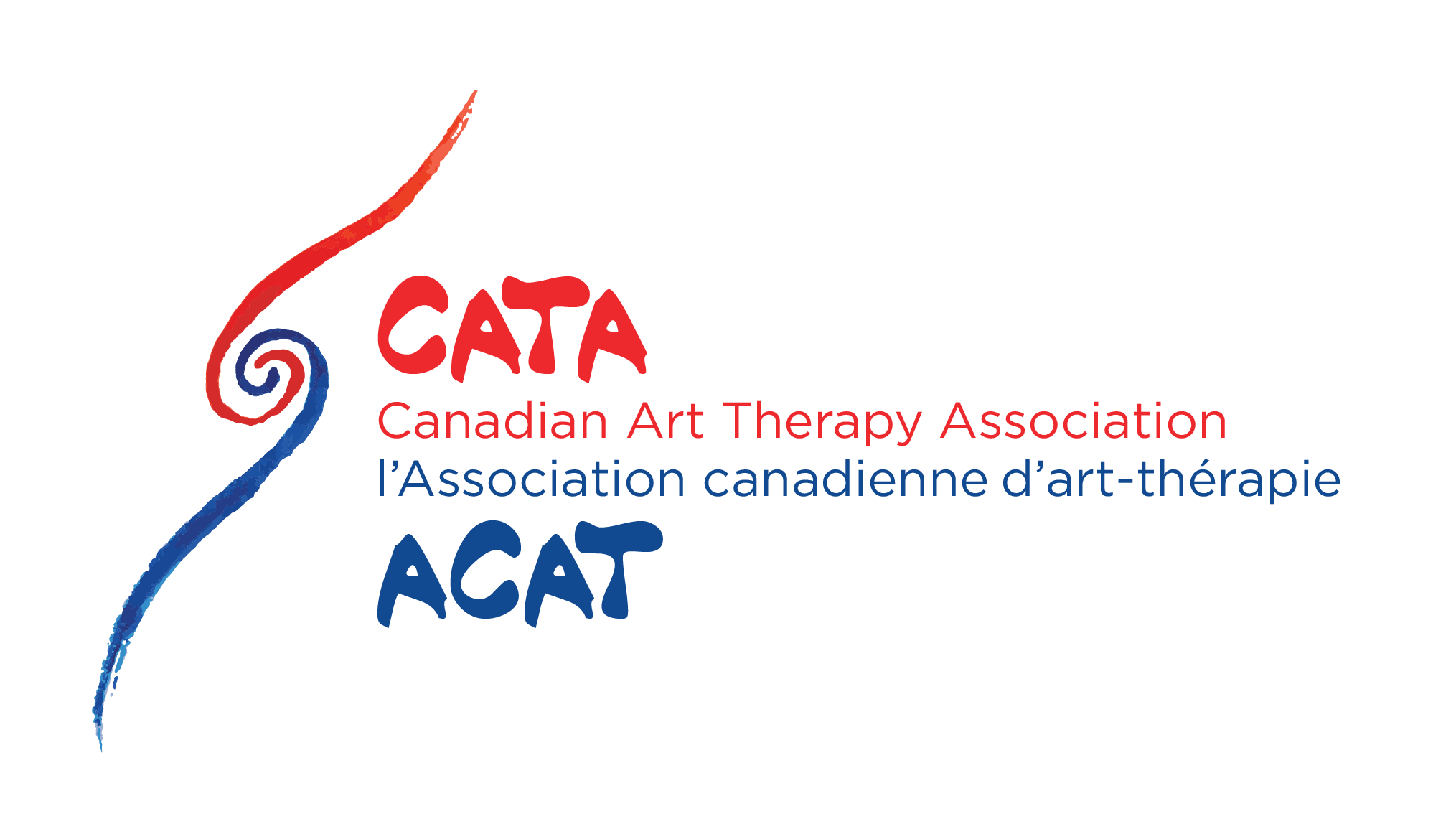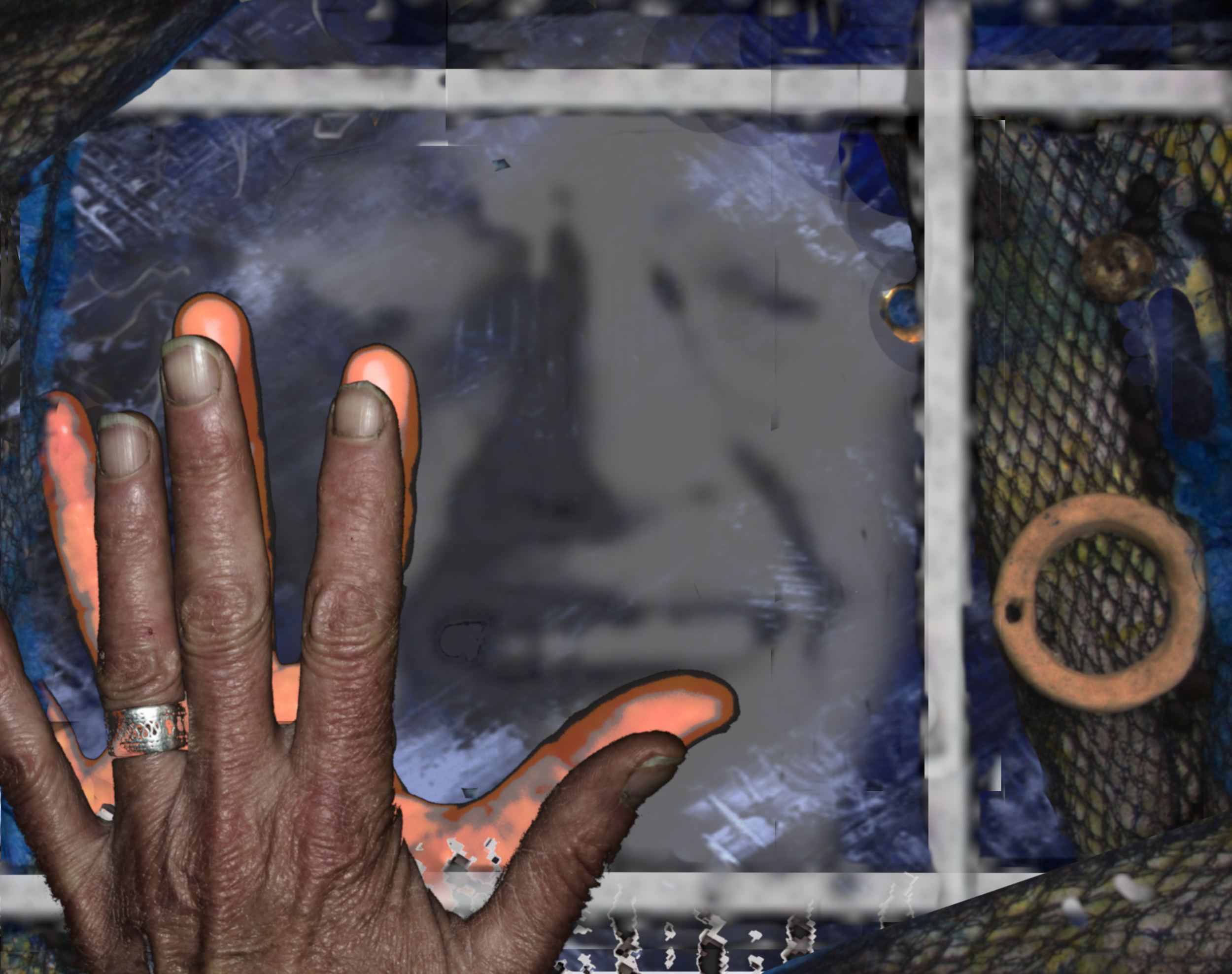Responses from CiiAT: Virtual Art Therapy Clinic
By Jennifer Ryper, Valerie Behiery, and Hedaya Aldaleel, students at the Canadian International Institute of Art Therapy (CiiAT), and the CiiAT team
With poem shared by Lucille Proulx, founding director of CiiAT
Reflections from the CiiAT Team
At the time of writing on May 8, 2020, it’s been exactly a month since we opened the Virtual Art Therapy Clinic (VATC). One month of reorganizing workflow, training staff on new platforms, and celebrating bringing more mental health opportunities online as we adapt to the challenges of COVID-19.
While we were thrilled to launch our online art therapy clinic, the initiative also brought up some feelings around anxiety. We knew that preparing our supervised student therapists to practice online would be a challenge. We were also concerned that we wouldn’t be able to reach the people who need our services the most. However, we’ve been successful in working through the hiccups of transitioning art therapy online. The stories that are coming in are raw but uplifting. Through webcams and HIPAA-compliant video conferencing, it’s heartening to see that we truly are making a difference.
Practitioners use techniques and tools that quickly help deescalate negative emotions and shift to a calmer state. When younger children are involved, the VATC team designs activities that help the child feel heard by the parent and the parent feel they are doing their best. Techniques for adults and seniors include making collages using digital or print/magazine photos, and using an interactive white board application that allows the client and the therapist to draw or create together.
Launching the VATC has solidified our connections to one other. We’re a small team tackling a big project, but everyday our interactions have been overwhelmingly supportive. In a time when it’s so easy to let the global situation destabilize our connections, we’ve found solace in leaning on each other. Together, we are strong.
We have our community to thank for that.
Reflections from Jennifer Ryper
Click on the image to view full size and to read the artist’s statement.
Reflections from Valerie Behiery
I decided to create digital responses as a way to honour working online with people, and also because I have little experience with computer drawing and paint apps. Because clients sometimes use the whiteboard as a medium, I need to have an understanding of its tools and processes.
Click on the image to view in full size and to read the artist’s statement.
Reflections by a Blooming Art Therapist
By Hedaya AlDaleel
Navigating through unfamiliar territories can be quite hard,
but experiencing unfamiliar emotions can be even harder,
As a budding art therapist,
I felt my humanness get in the way,
as I try to remain present and strong for my clients, no matter what they portray,
to hold a safe space, and move at their pace,
to lend an ear and a heart, and focus on the art,
To invite them into my space, virtually,
and welcome them onto my screen,
It’s videoconferencing, that’s the new normal,
and the possibilities it provides are quite Phenomenal,
Some of them have expressed a sense of relief,
even though we recognize the collective grief,
Others are struggling immensely with the lack of liberation,
and feeling its limitation,
As I navigate through these trying, unpredictable times,
trying to ride the ebb and flow of what life throws my way;
creating art in the latest hours of the night has been my way of grounding.
The new “normal”, during this isolation,
birthed a new expressive style as a way of self-regulation,
intuitively created to embrace the situation,
As really, we are all going through some kind of transformation.
Click on the image to view in full size and read more information.
Poem shared by Lucille Proulx
THE CONUNDRUM OF THE WORKSHOPS
By Rudyard Kipling
When the flush of a new-born sun fell first on Eden’s green and gold.
Our Father Adam sat under the Tree and scratched with a stick in the mold;
And the first rude sketch that the world had seen was joy to his mighty heart,
Till the Devil whispered behind the leaves: “Its pretty, but is it ART?
Wherefore she called to his wife, and fled to fashion his work anew—
The first of his race who cared a fig for the first most dread review;
And he left his lore to the use of his sons—and that was a glorious gain
When the Devil chuckled: “Is it ART? In the ear of the branded Cain.
They builded a tower to shiver the sky and wrench the starts apart,
Till the Devil grunted behind the bricks: “It’s striking, but is it ART?”
The stone was dropped by the quarry-side, and the idle derrick swung,
While each man talked of the aims of art, and each in an alien tongue.
They fought and they talked in the north and the south, they talked and they fought in the west,
Till the water rose on the jabbering land, and the poor Red Clay had rest—
Had rest till the dank blank-canvas dawn when the dove was preened to start,
And the Devil bubbled below the keel: “It’s human, but is it ART?”
The tale is old as the Eden Tree— as new as the new-cut-tooth—
For each man knows ere his lip-thatch grows he is master of art and truth;
And each man hears as the twilight nears, to the beat of his dying heart,
The Devil drums on the darkened pane: “You did it, but was it ART?”
We have learned to whittle the Eden Tree to the shape of a surplice-peg,
We have learned to bottle our parents twain in the yolk of an addled egg,
We know that the tail must wag the dog, as the horse is drawn by the cart;
But the Devil whoops as he whooped of old: “It clever but is it ART?”
When the flicker of London sun falls faint on the club-room’s green and gold,
The sons of Adam sit them down and scratch with their pens in the mold—
They scratch with their pens in the mold of their graves, and the ink and the anguish start
When the Devil mutters behind the leaves: “Its pretty, but is it ART?”
Now, if we could win to the Eden Tree where the four great rivers flow,
And the wreath of Eve is red on the turf as she left it long ago
And if we could come when the sentry slept and softly scurry through,
By the favor of God we might know as much—as our Father Adam knew.









